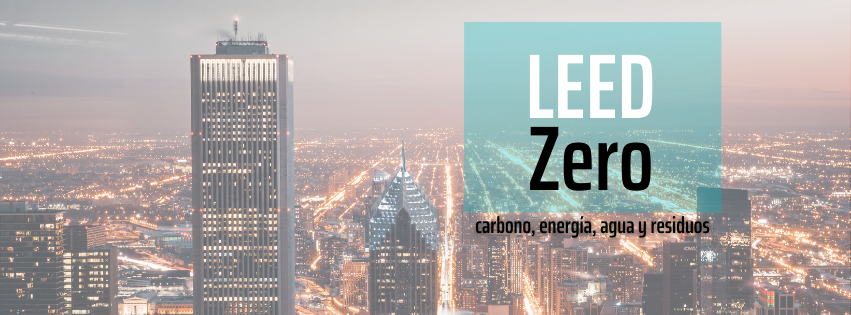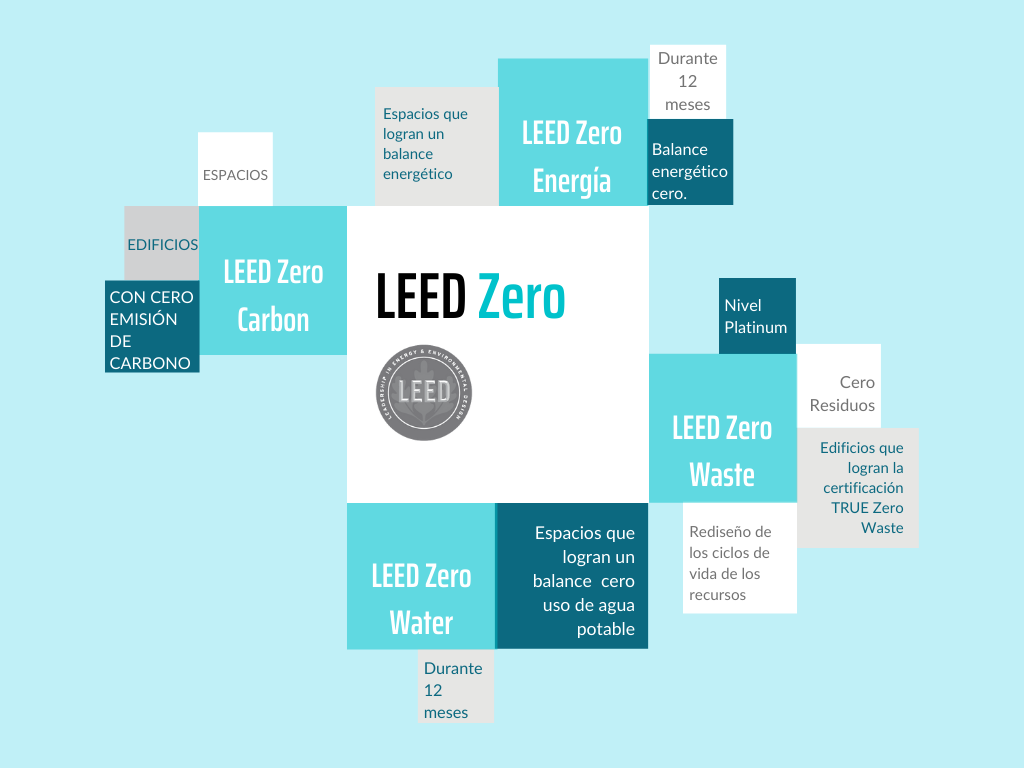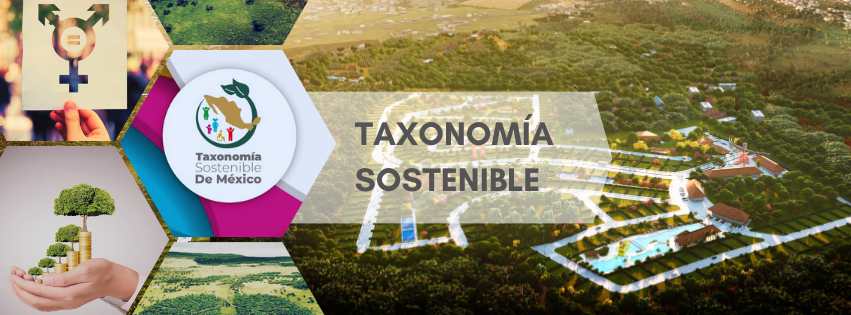LEED Zero

What is LEED Certified Net Zero?
The number of sustainable buildings with LEED certification has been increasing, so that the USGBC in their quest to promote best practices in the industry, the sustainable construction has developed a strategy that complements LEED, LEED Zero.
LEED Zero which verifies that the emissions of greenhouse gases that affect the land, water, energy, transport, water, waste and materials to be zero in the existing buildings.

LEED Zero Carbon
Awarded to projects that achieve zero carbon emissions for a period of 12 months, this can be calculated to reduce and offset them by the generation of renewable energy within or outside the site.
The emissions considered here are related to the transport used by the users and the energy consumption of the building.
LEED Zero Energy
It is granted to buildings that fail to provide the energy required for their operation using clean energy, in a span of 12 months.
LEED Zero Water
It is granted to buildings that are able to provide the total water consumed in the project by using alternative sources, such as the collection of rainwater or graywater treatment, in a period of 12 months.
LEED Zero Waste
Recognizes buildings that achieve the certification TRUE of GBCI at the Platinum level.
Requirements for the LEED Zero
The projects, which could search for any of these certifications are already certified under the LEED O+M or LEED BD+C
Known systems of LEED certification in our note on LEED v4.1
Certification process
- Registration
- Send documents of the project to support the performance
- Review of the project for LEED certification Zero
-
- Preliminary review
- Final review by the GBCI (lasts 15 to 20 days)
How long does the Certification?
The LEED Zero is valid for three years from the date of approval of the certification and at the end of this period are able to handle the re-certification.









